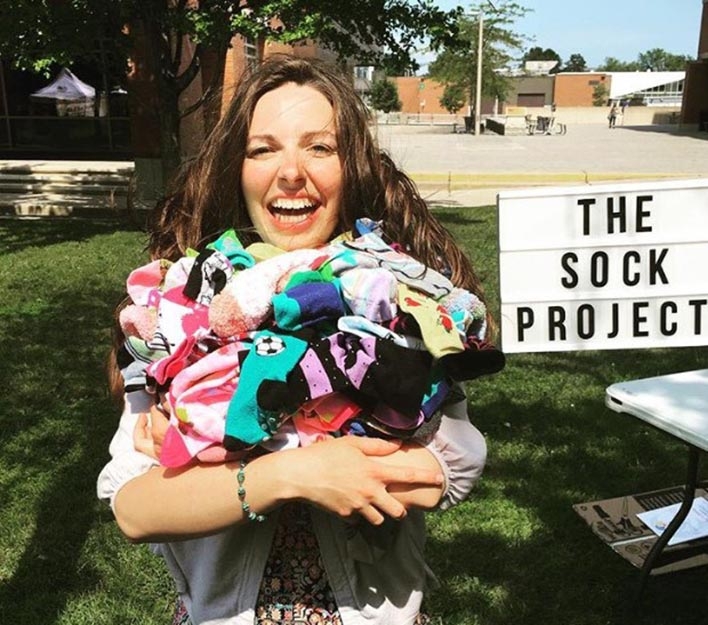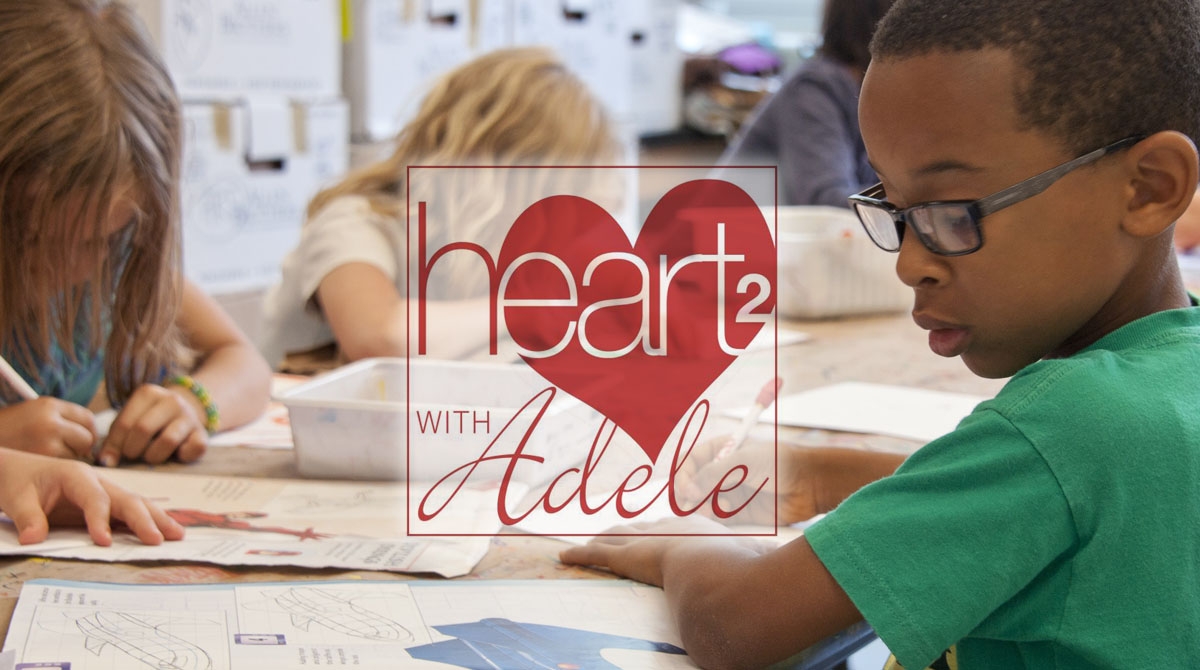
Choosing presents for the grandkids at Christmas
Question
Dear Adele,
I am a grandparent with a Christmas conundrum. I have several grandchildren and am stymied trying to imagine what kind of toys to give them for Christmas. They seem to have everything, and the plethora of toys on the shelves in the retail stores, is crushing. Can you help me?
Overwhelmed
Answer
Dear Overwhelmed,
Giving toys to children is a tradition at Christmas time that Canadian culture espouses. Just what to give is a problem for moms, dads, grandparents and Santa Claus too, quite often.
It is important to understand the value of play to children, especially free play when thinking about toys. Maria Montessori once said “Play is the work of children” and no child should ever be unemployed. Imaginative children can be involved in free play with almost anything in their environment, but toys are the tools of their trade. Toys and free play offer children the chance to be creative, to express what is on their minds and to practice what they have learned or are learning. The bottom line is that toys are an important investment in the development of children, not a frivolous waste of funds or resources.
That being said, you should however, predetermine your budget for each grandchild and hold yourself to it. It is easy to be tempted to spend beyond your means and end up paying off the credit cards well into the New Year. Not wise on most people’s budget!
A brief anecdote might help you realize that play value and price often have little to do with each other. I was invited to a child’s birthday party at a restaurant where approximately 15 to 16 adults had brought gifts for the beloved little 4-year-old girl. She received fashion dolls, puzzles, books, stuffed animals, dress-up costumes and other items ranging in value from likely $20 to $100. I remember noting that the child, after unwrapping all the presents, was playing with a musical birthday card. She was walking around the restaurant table showing all the adults the card and trying to mimic the tune. I think the card, at the time, likely cost about five dollars and yet was the hit of all the gifts with the child and held her attention for an impressive period of time.
If you are out of the loop as to what toys are popular this year you might visit sites like, 45 Best Toys of 2020 – Top New Toys for Boys and Girls or ‘The 30 Must- Have Top Toys for Christmas 2020.’ These kinds of lists usually organize the entries by age, genre and suggested cost.
In addition, you might visit a retail toy store or the toy section of a department store. With an up-to-date manager, there will be no signposts indicating shelves of wares for boys and others for girls. Toys hopefully will be organized by theme, by function or by genre rather than by suitability for either a boy or a girl. Preferably the goods for sale will not be packaged in pink for girls and blue for boys, but will be gender-neutral in the presentation on the shelves. Try not to purchase toys on display which support stereotypes in the adult world for women or men or which are packaged in ways that deny all children real choice by specifying a gender on the packaging.
You might be interested to know that gender stereotyping of toys does matter. Toys have impact on the consumer and on the child, who receives the item. Adults best not decide whether a child receives a doll or an action figure because of his/her gender but rather because the child has decided what to play with him/ herself. It is preferable for children to have a wide range of choices: Some toys which can be described as feminine, some which can be described as masculine, some which can be described as neutral , and some which might be described as mildly masculine or mildly feminine.
Natasha Daly in ‘Girls, Boys and Gendered Toys’ states that children get their early gender lesson from their toys and strongly gender- based toys push traditional roles- mothers and housewives for girls and workers for boys. Psychologist Jamie Jirout found, in a 2015 study, that males were more likely to play with toys that develop spacial intelligence. Examples are puzzles and building toys. Girl orientated toys might in contrast, focus on playacting not designing and construction. As well, puzzles made for girls tend to have fewer pieces. Dr. Jirout notes that the underrepresentation of females in science and technology in adulthood could be related to the underdevelopment of spatial skills associated with children’s toys for girls.
A recent study by Prof. Judith Elaine Blakemore of Indiana University found that toys associated with boys were often related to fighting or aggression and were more violent, competitive, exciting, and somewhat dangerous. Toys associated with girls were mainly related to appearance, physical attractiveness, nurturing and domestic skill. Neutral or mildly masculine toys tended to be educational and develop physical, cognitive, artistic, and other skills. She concluded that “strongly gender- typed toys appear to be less supportive of optimal development then neutral or moderately gender types toys.” One is wise, based on this research, to purchase toys which develop physical, cognitive, academic, musical and artistic skills, and which are not strongly gender-typed.
So Overwhelmed, may I suggest that you talk to the children about what they might like, spend a little time if you can at play with them, and ask their parents for a short list. Try to focus on gender neutral or mildly masculine gendered toys. Then consider toys with high play value for the age level of the youngsters such as construction, science experiment, and craft kits. You could think about a family game that everyone could do together. You could ponder consumables for children who seem to have everything, such as colors, paints, construction paper, sparkles, glue and other art supplies. Books and movies are always good and your local librarian should be able to recommend some of the most popular ones without gender stereotypes. Equipment for physical activities is always a nice gift such as skis, skates, or snowboards, along with lessons, although these are likely to be more expensive options. A final gift suggestion if you are still at a loss, is money for the child’s college fund or for his/her favorite charity, donated in his/her name.
Best wishes Overwhelmed in finding those perfect gifts/toys for your grandkids. I will conclude with a few quotations on your query:
“Almost all creativity involves purposeful play.” — Abraham Maslow
‘It is paradoxical that many educators and parents still differentiate between a time for learning and a time for play, without seeing the vital connection between them.” — Leo F. Buscaglia
“Give children toys that are empowered by their imagination, not by batteries.” — H. Jackson Brown
Sincerely, Adele







